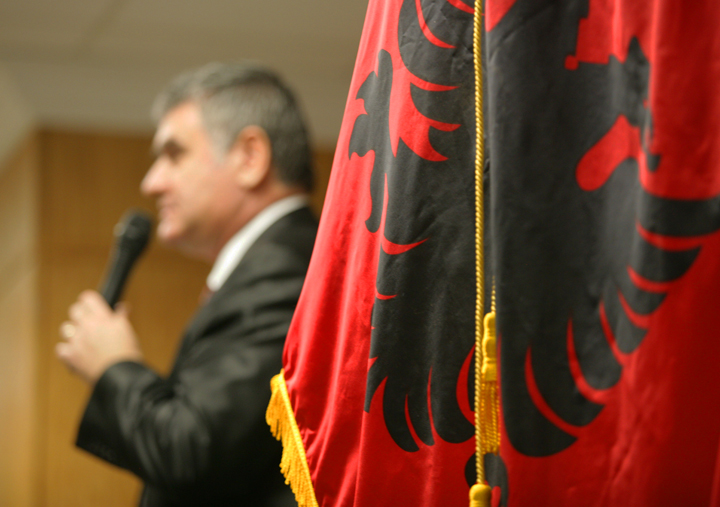Albania’s ambassador to the United States, Gilbert Galanxhi, traveled from Washington D.C. for an historic meeting of the local Albanian community in Waterbury with two United States Senators.
Story and Photographs By John Murray
With 12,000 Albanians living in Waterbury the city has one of the largest populations of Albanians in the United States. Some came more than 50 years ago, but a large influx of Albanians came seeking opportunity in the 1990s when Albania opened it’s borders. Thousands more ethnic Albanians came to Waterbury to escape the hardship of the Balkan wars when Yugoslavia broke apart.

Meeting with Connecticut’s two U.S. Senators and the Albanian ambassador was a significant event in the political awakening of the Albanian community in Waterbury. Largely apolitical for decades, the cohesive community has been wooed by Waterbury Mayor Neil O’Leary, and has become more active in local politics. Pictured above, Ambassador Gilbert Galanxhi is introduced to the audience by Visar Tasimi.

Ambassador Galanxhi spoke of the strong bond between Albania and America, and said he hoped for greater economic opportunities between the two countries.

There are two distinct Albanian communities in Waterbury. One group has a mosque and community club on Raymond Street in the South End of Waterbury, and is largely comprised of ethnic Albanians from Albania. The community center on Columbia Boulevard in Waterbury is comprised mostly of ethnic Albanians from the city of Struga, Macedonia. They each stage their own Albanian festival, but this year the two groups joined forces at The Gathering on May 18th to celebrate their shared culture. Pictured above is Zymer Kalici, the president of the Columbia Boulevard group, leading a traditional Albanian folk dance – valle – in Library Park, in downtown Waterbury. The president of the Raymond Street group, Wilson Manelli, is fifth from the left.
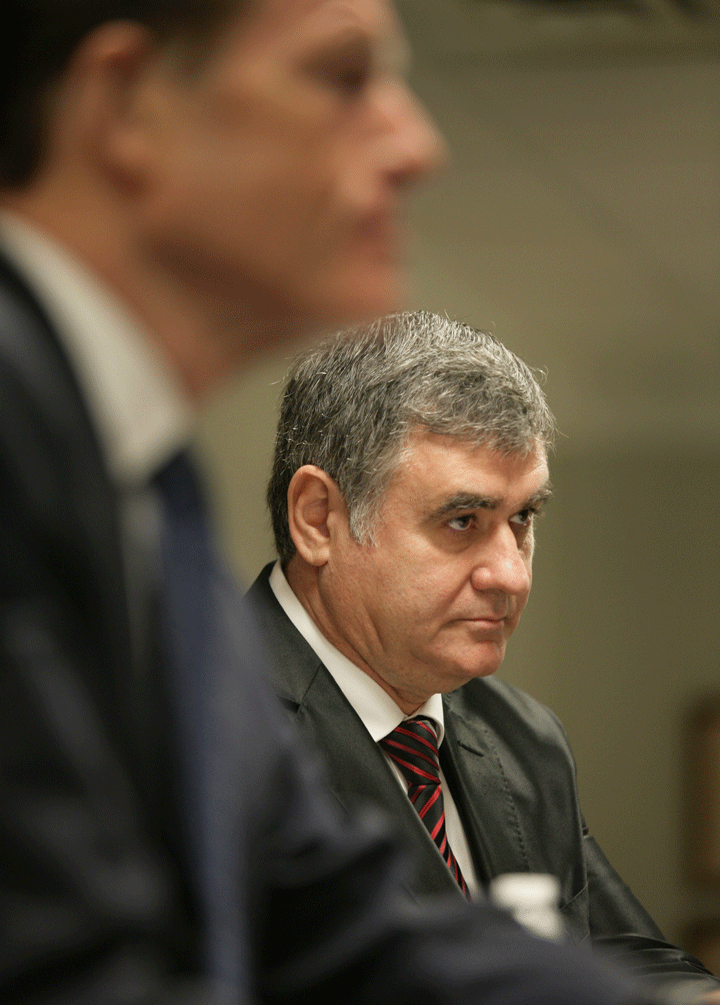
One of the first questions the audience asked Ambassador Galanxhi was about the 2001 Lake Ohrid Agreement that was suppose to ease tensions in Macedonia between ethnic Albanians and Macednonians. Little has improved in the past decade, there has been no enforcement of the agreement, and frustration lingers in the Albanian community in Macedonia. The elephant in the room is a desire by many Albanians to create a nation of Great Albania that will take land from Macedonia and Serbia and join Kosovo into one united Albanian state. Galanxhi gave a thoughtful response and said that “patience, patience, patience” was needed, no border changes. The ambassador went on to say that in the future the capital for Albanians will not be Tirana, but Brussels, Belgium, which is the capital of the European Union.
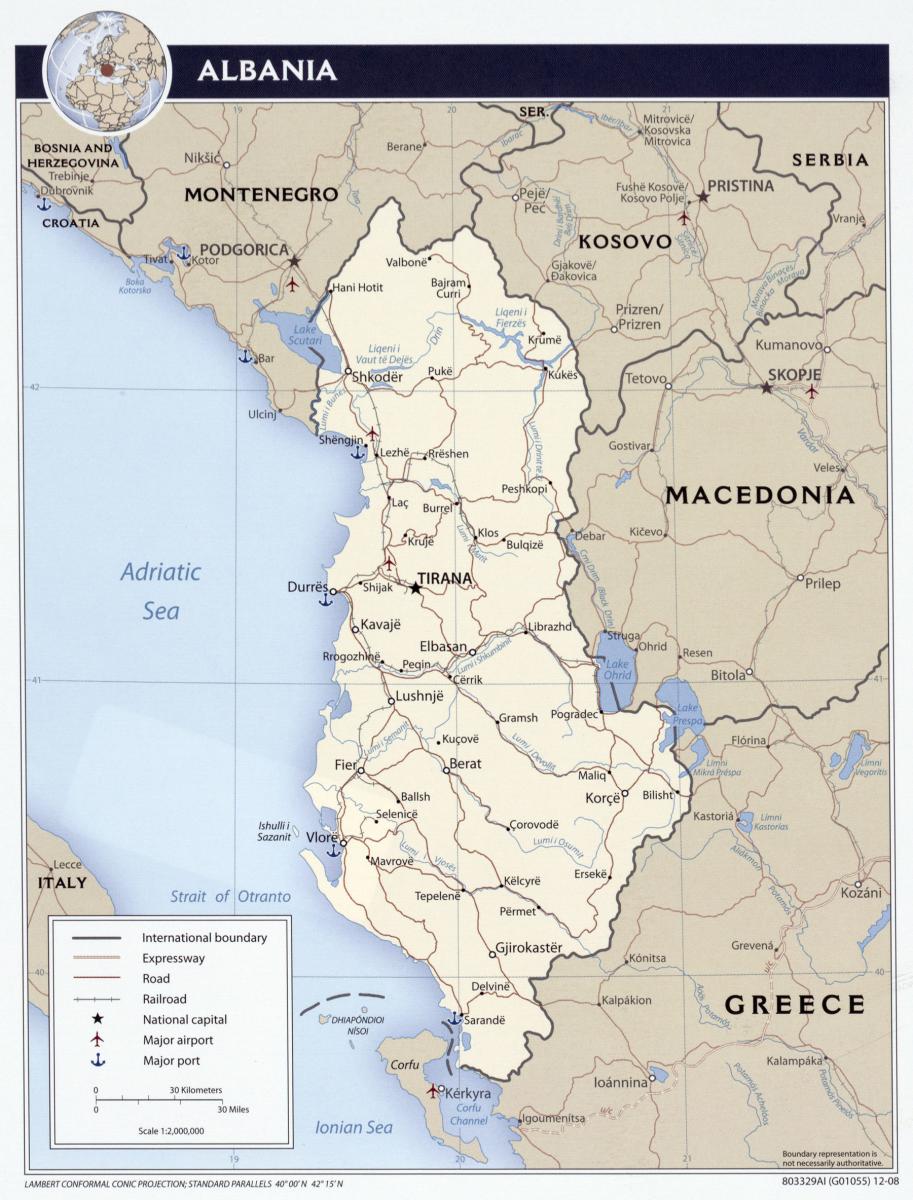
Several Albanian leaders in the room later told the Observer that 80% to 90% of the audience was in favor of a Great Albania.

Ziadin Sela, the mayor of Struga, Macedonia, was in Waterbury for a visit and attended the meeting. He payed rapt attention to Ambassador Galanxhi as he spoke about the 2001 Lake Ohrid Agreement. Sela, an ethnic Albanian, presides over Struga, which has a mixed population of Albanians, Macedonians and Turks. He lives the complicated issue every day.
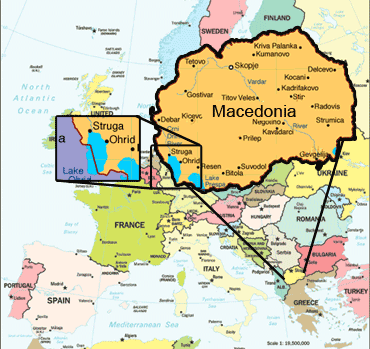
The Republic of Macedonia is comprised of Albanians, Bulgarians, Turks and Macedonians, and was a part of Yugoslavia, from which it declared its independence in 1991. Macedonia joined the United Nations in 1993, but did so under the name “Former Yugoslav Republic of Macedonia” due to a name dispute with Greece. A large section of northern Greece, which borders Macedonia, is also named Macedonia, and Greeks fear an eventual territory dispute. The conflict over the name Macedonia has kept the Republic of Macedonia out of the European Union as Greece continues to object. To make it even more complicated, a majority of ethnic Albanians in Macedonia want the western portion of the country to break away and become part of Great Albania. The Balkan Peninsula has a long history of conflict and territorial disputes, some of which are still on full display. The map below shows that a large chunk Yellow color) of what is now Macedonia, was part of Albania during WWII.
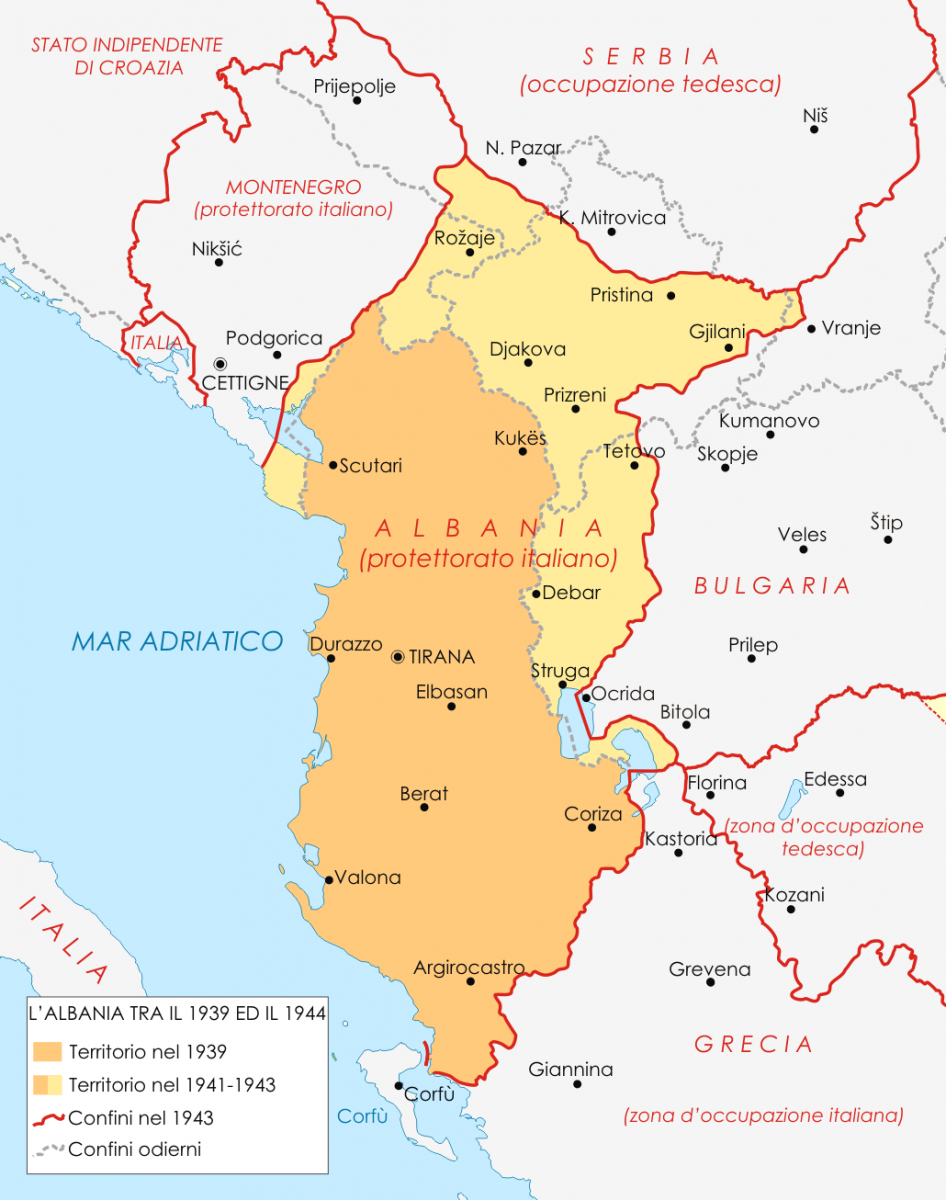
Map of Albania in the 1940s.
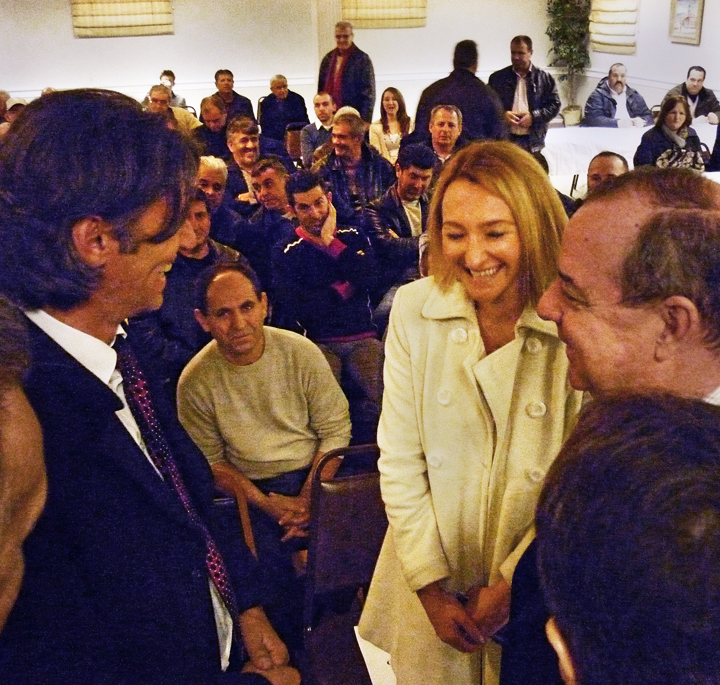
Struga Mayor Ziadin Sela had the opportunity to meet with Waterbury Mayor Neil O’Leary at the event. The moment was particularly significent for Saranda Belica, middle, who was born in Struga, and now works in the O’Leary administration. Belica, whose family still lives in Struga, often provides translation for Mayor O’Leary with his increasing engagement with the local Albanian community.
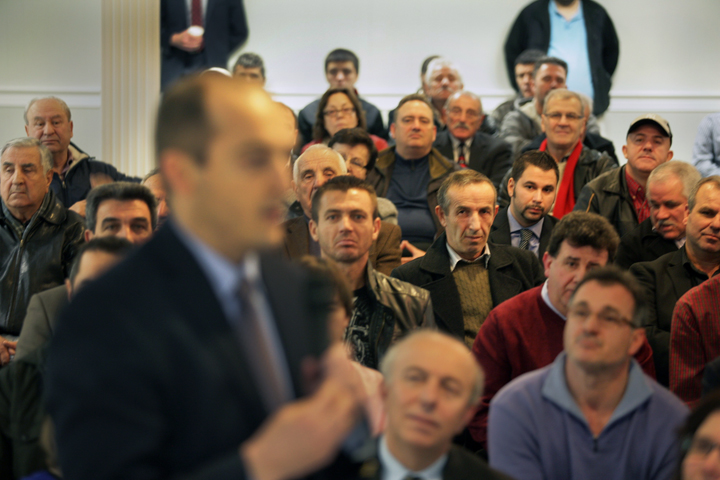
Bekim Sejdiu, the Consulate General of the Republic of Kosovo was at the meeting, and rose to make a statement, and to ask a question. The audience was mostly male, and passionate about issues of immigration, how to become better citizens, and the Lake Ohrid Agreement.
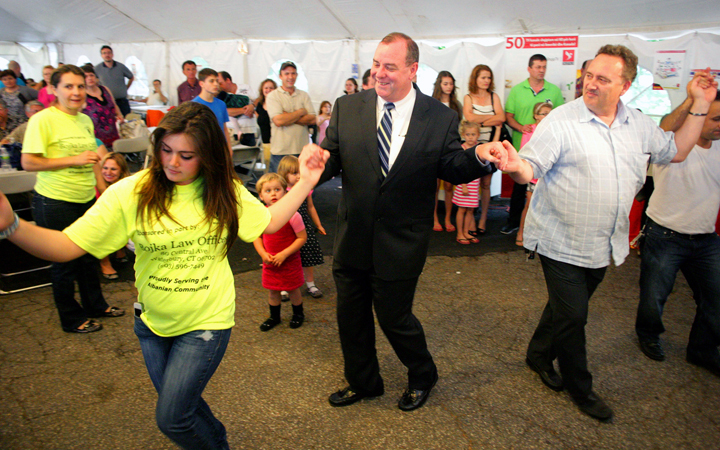
Waterbury Mayor Neil O’Leary has forged a tight relationship with the Albanian community in Waterbury, and he attends their festivals, and dances the valle with them.
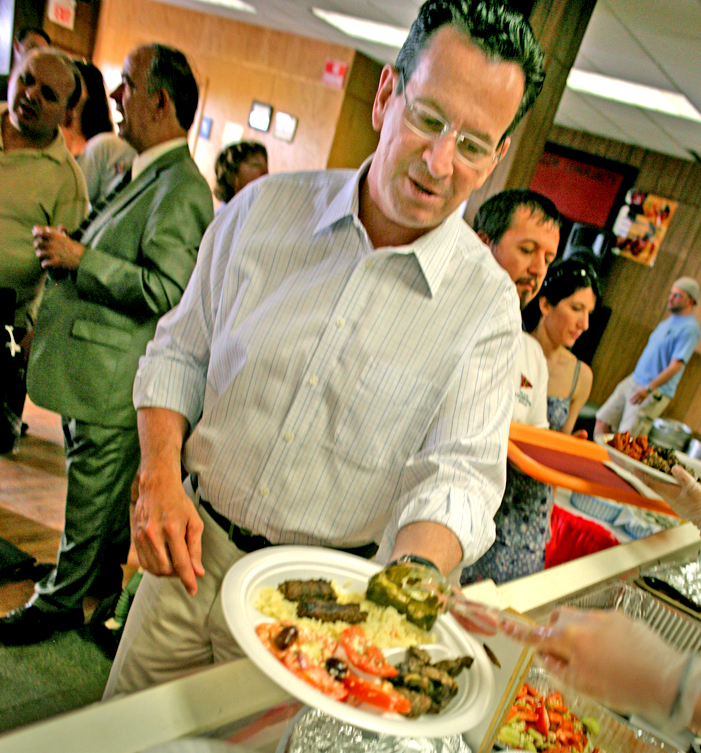
Governor Dannel Malloy has also attended the annual Albanian Festival on Raymond Street in the city’s South End. Malloy faces a difficult re-election in November 2014, and political pundits have stated Waterbury will be a battleground. O’Leary’s tight relationship with the Albanians may have a significant impact on local support for Malloy. Don’t be surprised to see Governor Malloy at the next Albanian festival in June.

U.S. Senator Chris Murphy said Albanians are the role model of how ethnic groups should conduct themselves as they assimilate into the fabric of America. He encouraged them to reach out and share their experience with other ethnic groups.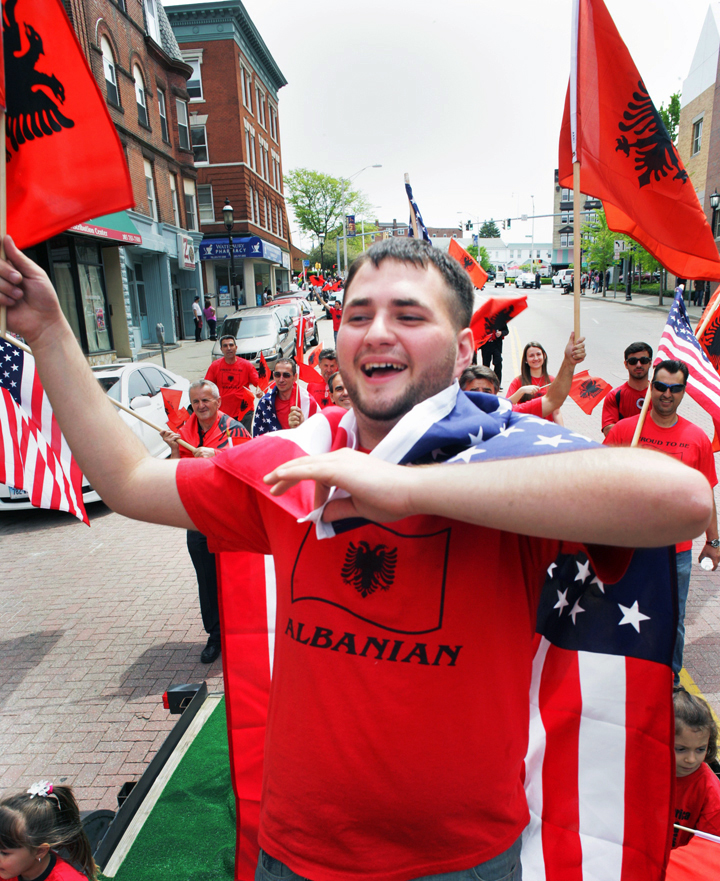
The Albanians are strongly pro-American and are passionate about celebrating their ethnic culture, as Islam Etemi exhibited during The Gathering on May 18th, 2013.
For a story about Struga, click on the link below.

